latest updates on israel-palestine conflict (hamas): news, analysis, and developments


Title: The Ongoing Israel-Palestine Conflict: Understanding the Hamas Factor
Introduction:
The Israel-Palestine conflict, specifically the ongoing conflict between Israel and the militant group Hamas, has garnered significant international attention and sparked debates on various fronts. The conflict, deeply rooted in historical, political, and religious complexities, has caused immense suffering for both Israelis and Palestinians. This article aims to shed light on the key aspects of this conflict, focusing on the role of Hamas in perpetuating tensions and hindering peace efforts.
Historical Background:
The Israel-Palestine conflict traces its roots back to the late 19th century when Jewish and Arab nationalist movements emerged in the region. After the end of British colonial rule in 1948, the State of Israel was established, leading to the displacement of hundreds of thousands of Palestinians. This event, known as the Nakba, remains an enduring source of grievances for Palestinians to this day.
Hamas and its Ideology:
Hamas, officially known as the Islamic Resistance Movement, emerged in the late 1980s as an offshoot of the Muslim Brotherhood. It has since become a prominent force within the Palestinian territories, with a significant following among Palestinians. Hamas advocates for the establishment of an Islamic state in historic Palestine, rejecting the legitimacy of the State of Israel and advocating armed resistance against it.
Tactics and Strategies:
Hamas has employed various tactics in its struggle against Israel, including launching rockets and carrying out suicide bombings. These acts of violence have resulted in civilian casualties on both sides and have been widely condemned by the international community. Israel, in response, has implemented strict security measures, including blockades and military operations, to protect its citizens from Hamas attacks.
Role in Peace Process:
Hamas's refusal to recognize Israel's right to exist and its commitment to armed resistance have presented significant obstacles to the peace process between Israel and Palestine. The group's control over the Gaza Strip, coupled with its continued attacks on Israeli territory, has further complicated efforts to achieve a sustainable peace agreement. International mediation efforts, including those led by the United Nations and regional actors, have faced significant challenges in reconciling the divergent positions of Hamas and Israel.
Humanitarian Impact:
The Israel-Palestine conflict, exacerbated by Hamas's actions, has had a profound impact on the lives of civilians in both Israel and the Palestinian territories. The cycle of violence has resulted in widespread displacement, infrastructure damage, and loss of life. Innocent civilians, particularly children, bear the brunt of this conflict, enduring trauma and deprivation, and hindering their prospects for a better future.
International Response:
The international community has repeatedly called for an end to the violence and a peaceful resolution to the conflict. Many nations and organizations have condemned Hamas's acts of terrorism while also advocating for a fair and just solution for the Palestinian people. However, finding a lasting solution remains a complex task due to the deeply entrenched positions of both sides and the impact of regional dynamics on the conflict.
Conclusion:
The Israel-Palestine conflict, with Hamas playing a central role, continues to be a source of immense suffering and geopolitical tensions. Addressing the root causes of this conflict and finding a path towards reconciliation and coexistence remains a formidable challenge. A comprehensive and inclusive approach, taking into account the aspirations and grievances of both Israelis and Palestinians, is necessary to achieve lasting peace in the region.
Tin tức xung đột Israel - Palestine (Hamas)





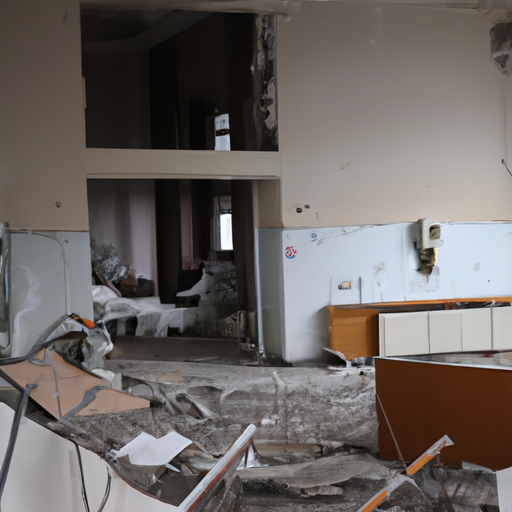
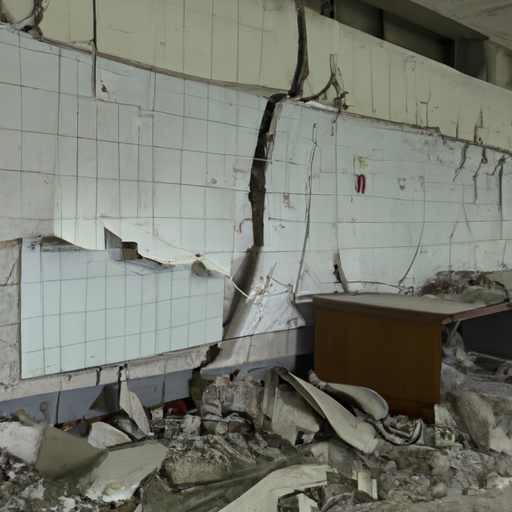

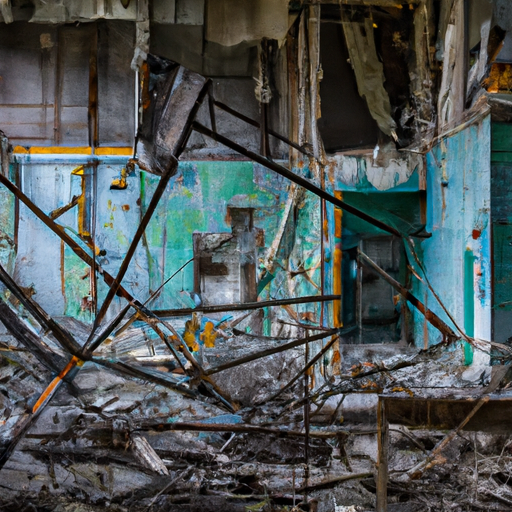

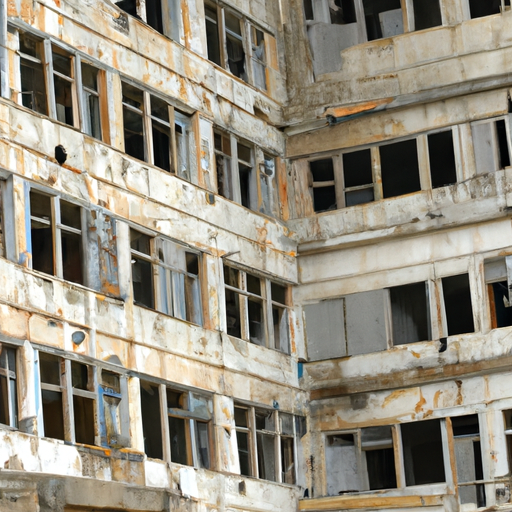
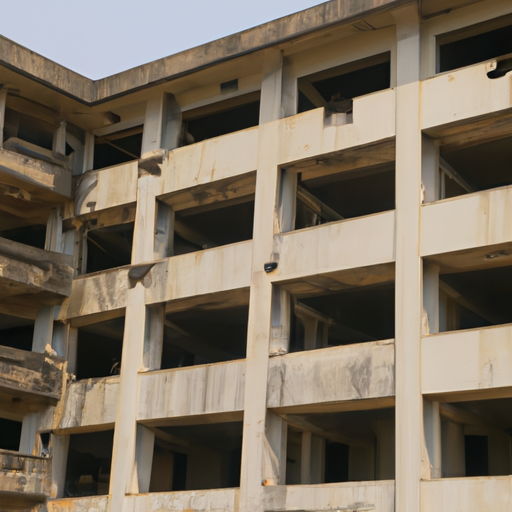
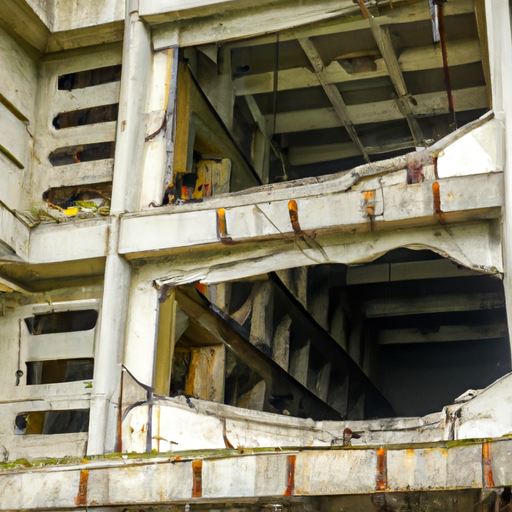









Comment